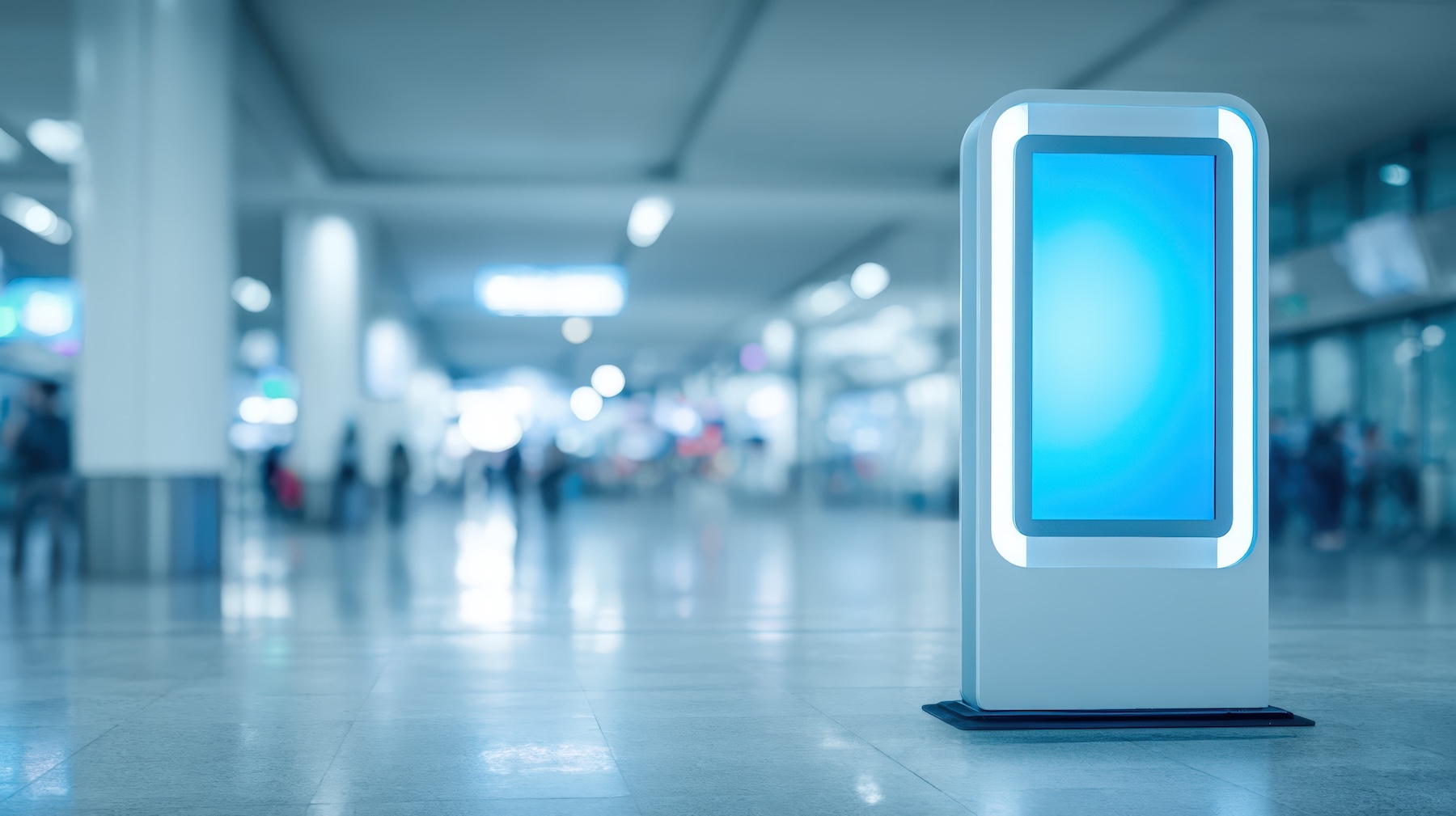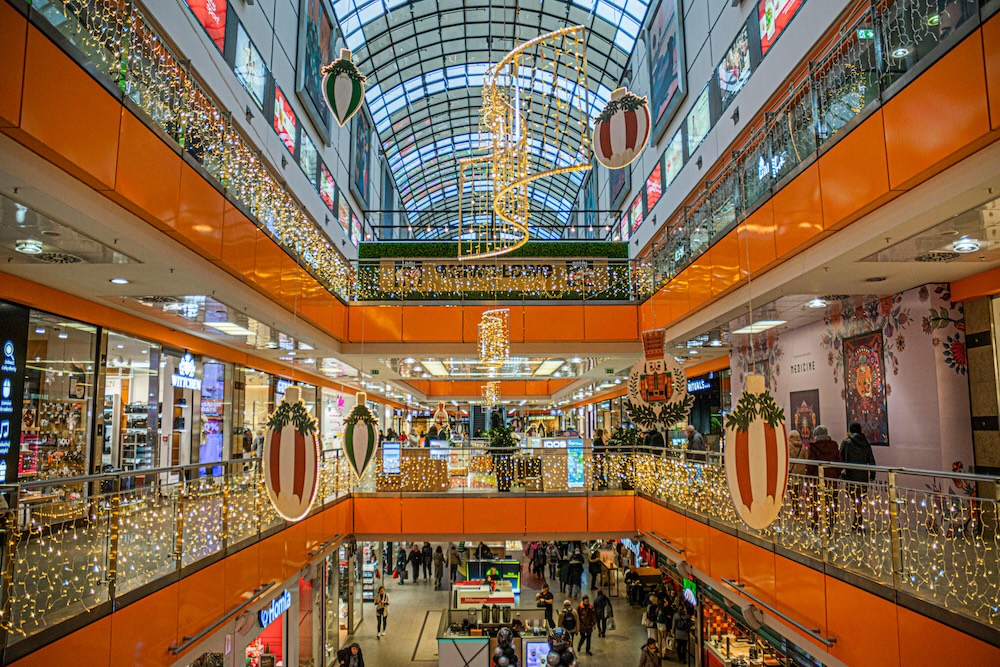What Does an Agile Retail Environment Look Like?
During the course of the COVID-19 pandemic, the retail industry got a short, sharp lesson in what being ‘agile’ in business means. No one had much choice. With stores shut down or placed under strict operating restrictions, it was a case of either learning to do business another way or don’t do business at all.
So we saw chains and independent stores alike ramp up their e-commerce operations to unprecedented levels. When stores weren’t allowed to open, we saw them turned into mini-distribution centers to service local deliveries. When they could open their doors again, we saw innovations in how the physical spaces were used to protect staff and customers alike, from click-and-collect and curbside/parking lot collections to use of time slots to control the number of customers in a store at once.
Agile is of course a big buzz phrase in business right now. It comes from the world of software development, where the idea of creating products in an ‘agile’ way means breaking down big projects into smaller, iterative steps, continuously reviewing performance, and making adjustments according to feedback – especially from customers and end users.
While it still dominates the world of tech development, Agile has evolved into a whole industry of project management frameworks and operational methodologies, all based around the central promise of getting a better solution – and one that best reflects the needs and demands of customers – out to market faster and more efficiently.
There are various ways retail can ‘do Agile’. They include stepping up omnichannel integration of digital and offline to present a flexible range of purchasing and fulfillment options that align with modern consumer behavior. Or adopting a customer-centric approach to merchandising that changes displays and offers in response to customer data, rather than the sales team’s priorities.
The ever-changing store
Another interesting angle is what industry analyst McKinsey calls the ‘ever-changing store’. The idea is that standard three- to five-year cycles for store format refreshes is just too slow in the context of our dynamic, digitized modern lives.
By contrast, many e-commerce stores following an Agile philosophy implement a strategy known as CI/CD – continuous improvement, continuous development. If you look at the biggest e-commerce players like Amazon, eBay, Walmart, Etsy and more, they operate in a state of near-constant reinvention, continually rolling out new apps, new content, new technologies, new ways to shop online. It’s all to make sure customers are regularly confronted with something fresh and engaging, something that gives them an edge over their rivals. That’s Agile in a digital retail context.
McKinsey acknowledges that physical stores cannot hope to shake up their entire store design and merchandising strategy with that kind of regularity. But it also points out that e-commerce players are not completely redesigning their websites week by week. They’re rolling out a new widget here, switching the content there, making small incremental changes as part of their core operational processes. And all of those changes come in response to customer feedback and behavior analysis.
McKinsey argues that physical stores can operate along the same kind of lines. To quote:
“Such an approach focuses on continually making one-off, high-impact changes rather than department-wide or storewide remodels. Indeed, retailers must adopt a mind-set of “never being done”: format redesign should be an ongoing process of implementing solutions quickly and refining them constantly, with retailers keeping their fingers on the consumer pulse and adapting store formats to respond to evolving consumer needs.”
Where it has already seen this in action, McKinsey claims, it has seen sales boosted by 10 to 15%, and customer satisfaction increase by 20%.
Supporting an agile approach to in-store technology
Store layout, design, branding and merchandising are all areas retailers can look at to implement this kind of ‘ever changing store’ model. Another one is technology. Again, the key thing is perhaps retailers switching their mindset, from no longer viewing new tech adoption as a large-scale, whole organization project. Indeed, an Agile approach to tech adoption is not to try to roll out everything at once. Embrace trial and error, experiment at a small scale, see what works.
This is something RTG is perfectly set up to help retailers with. One of the challenges of rapid, incremental adoption of new technologies is the logistics of sourcing, procuring and then staging new systems, new devices. But we have all of that covered for our clients.
For a start, we source the very best retail technology solutions from some of the biggest names in the business – AURES, IBM, Dell, HP, Microsoft, 3M, Netgear, Cisco. The list goes on. Across close to 20 product categories, our procurement strategy is focused on providing high-quality, value-added products and customized technology solutions at cost-competitive prices. And then once we have sourced and acquired a product, we use one of the most sophisticated and effective software-based logistics systems in the business, which allows us to manage sales, inventory, distribution and remote management of all technologies we supply to clients with pinpoint efficiency.
Exactly what you need from a tech supplier when you’re looking to get Agile.
Latest News

KEEP IN TOUCH
NEWSLETTER SIGN UP
| Products | Customer Portal | Contact | About Us |
1663 Fenton Business Park Court,
Fenton, MO 63026




